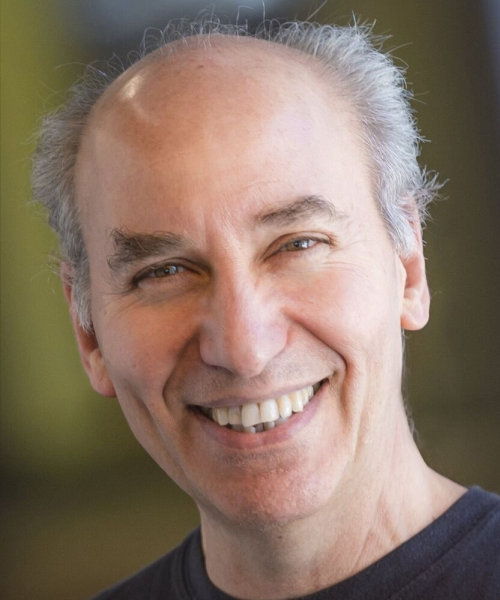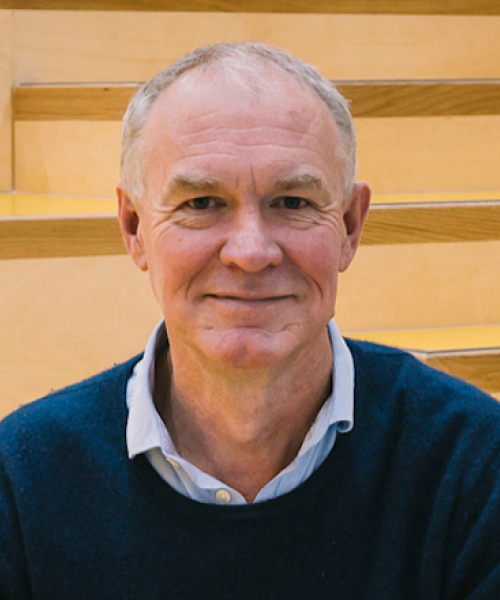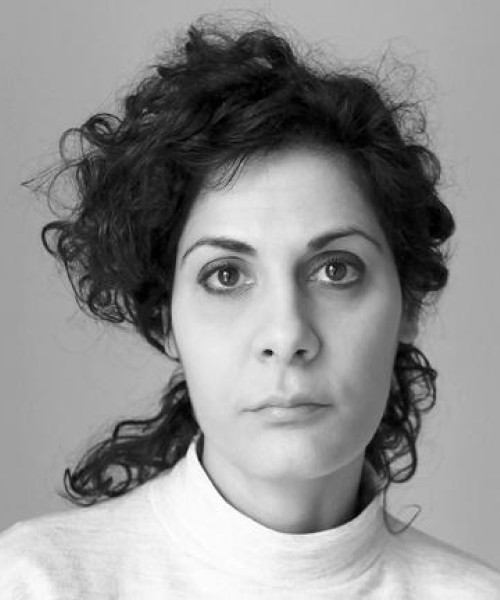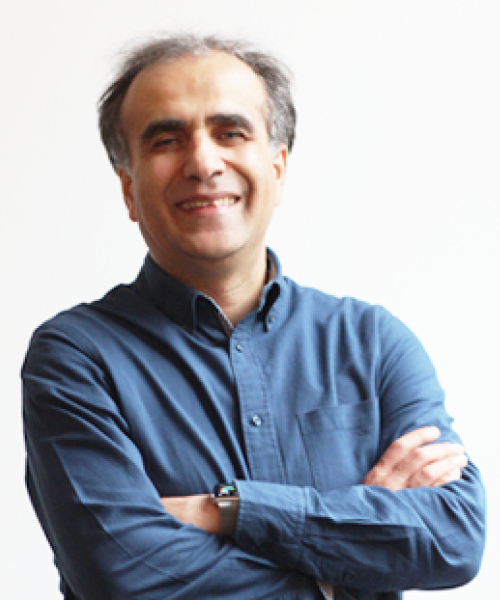2022 Bootcamp - September 22 - 24, 2022

The intensive hands-on Bootcamp Design, Space, Motion specifically was tailored for Architecture and Design practitioners and researchers who wish to inform and enrich their design practice by knowledge of Neuroscience and Cognitive Science.
The focus of the Bootcamp was on how to improve human-centered design by incorporating information about human perception and orienting behavior, including the themes of (1) dimensionality and proportion, (2) motion and navigation, (3) embodied and enactive experience.
The workshop took place on the campus of University of California, San Diego September 22- 24, 2022. You can download our flyer with information on accommodations and general topics.
The Bootcamp program received the following credits from AIA: 6 Learning Units (LU) and 7.5 LU/ Health, Safety, Welfare units(HSW).
Bootcamp Recording
Bootcamp recordings are now available for bootcamp participants and ANFA members!
Become A Member Log InBootcamp Agenda
Wednesday, September 21, 7PM – Getting-acquainted dinner at Café Coyote (2461 San Diego Ave.)
Day 1 | Thursday, September 22 | moderators: Tom Albright (AM) and Upali Nanda (PM)
| 8:00 | Breakfast, Welcome (by David Kirsh) and brief self- introductions by participants |
| 9:00-9:30 |
TBD
|
| 9:30-10:45 | Introduction to the Group Project - David Kirsh |
| Break | |
| 11:00-11:45 |
Recent studies of human perception and action suggest new ways of understanding how the space of the built environment (“architectonic space”) is organized in terms of specific possibilities of experience. We will review this work with an eye for new methods of design. These emerging methods will reveal boundaries between the partitions of space that allow for different possibilities of action (affordances) and for different possibilities of perception, including proportional properties of objects and their phenomenal identities.
|
| 11:45-12:30 |
Proportion has long played a central role in the theory and design of architecture. In the mid-twentieth century the role of proportion was questioned, and proportional thinking got marginalized. Recent work in the discipline of neuroscience for architecture has reopened this domain of inquiry. In this lecture we will review new empirical studies of architectural proportion that begin with the fundamental notion that the observer is moving freely in the built environment rather than scrutinizing two-dimensional drawings.
|
| Lunch in classroom | |
| 1:30-3:30 |
This practicum is concerned with empirical tools for investigating human ability to discriminate properties of tectonic elements that include relations among distances, sizes, and proportions. We will perform a series of practical exercises using physical objects: innovative proportional instruments developed by the Dutch architect Hans van der Laan. Our goal will be to register how perception of objects varies continuously along the observer’s path of movement. We will concentrate on how architectonic spaces are organized in terms of where certain proportional properties of these objects are accessible to the observer.
|
| Break | |
| 3:45-4:30 |
Using a variety of powerful experimental approaches, and focusing efforts on the information processing capacities of the brain, we have begun to develop an empirical understanding of how design features influence the acquisition, organization and use of information present in the built environment. Based on this understanding, we argue that selective pressures over the course of human evolution have yielded a visual brain that has highly specific and tunable organizational properties for representing key statistics of the environment. A full understanding of the relationships between brain and visual environmental statistics may lead to novel design principles.
|
| 4:30-6:15 | Teams begin work on project |
| 6:15-7:00 | Excursion to the Salk Institute for Autumnal Equinox |
| 7:00 | Dinner at The Loft at UC San Diego |
Day 2 | Friday, September 23 | moderators: Fred Marks (AM) and Sergei Gepshtein (PM)
| 8:00 | Breakfast and informal discussions |
| 9:00-9:45 |
‘Space Syntax’ is the name given to a set of theories about the way that the built environment is related to social and economic life. It also refers to a set of methods developed to represent and quantify environments to open these to study. In this talk I will give an overview of these theories and methods as well as some of the key findings of this research. I will then describe some of the implications of these findings for the relationship between human cognition and architectural design. Learning goals: Students will understand how to analyze tge social logic of a space.
|
| 9:45-10:45 | Practicum 2 - Space Syntax - Kayvan Karimi |
| Break | |
| 11:00-11:30 |
What key interactions between the organization of an environment and routes taken through an envIronment serve to facilitate memory for experiences and locations? For both rodents and primates, the encoding of memory, particularly episodic memory, is built upon the framework by which brain systems register location and orientation in the environment. The same system is key to the emergence of conceptual knowledge, imagination, and design and is adaptive to the spatial and temporal scale relevant to behavior and cognition. Thus, architectural design has a direct relationship to the type and strength of memories that are formed and this can be understood better by reference to the forms by which major environmental features are encoded in brain activity patterns.
|
| 11:30-12:00 |
TBD
|
| 12:00-12:30 | Discussion of maps and preferences |
| Lunch in classroom | |
| 1:30-2:15 |
Human spatial navigation is a pervasive behavior involving real environments as well as those imagined or recalled in our minds. For practical reasons, this behavior has been almost exclusively studied in severely constrained conditions that promote disembodiment. Increasingly, however, more natural behaviors are dissected in more ecologically valid settings. The dynamic experience of spatial navigation in the individual may be dissected in several ways. Here we will focus on three aspects, which I call Search, Recognize, Respond. Our goal is to identify and describe opportunities for evaluating a person's experience while navigating real environments.
|
| 2:30-3:45 | Excursion to Fallen Star (Part of UC San Diego’s Stuart Collection) |
| Break | |
| 4:00 | Projects |
| 7:00 | Working Dinner in Classroom |
Day 3 | Saturday, September 24
| 8:00 | Breakfast and Open Discussions |
| 9:00-12:00 | Projects (Break at 10:45) |
| Working Lunch in classroom | |
| 1:00-2:00 | Finalize projects |
| 2:00-3:30 | Project presentations (15 minutes max per group) |
| Break | |
| 3:45-5:15 | Finish Project Presentations |
| 5:15 | Recap and refreshments |
Faculty










Full Speaker Bios
Project Description
Registration Fee - Early Bird until July 24th* |
|
|---|---|
| Member (with a $50 discount) | $500 |
| Nonmember | $550 |
| Bootcamp + Membership | $500 + $150 ($75 if student etc) |
Registration Fee - After July 24th |
|
| Member (includes a $50 discount) | $600 |
| Nonmember | $650 |
| Bootcamp + Membership | $600 + $150 ($75 if student etc) |
A limited number of fellowships may be available to attendees working in non-profit organizations.
*The registration price includes all meals and course materials; hotel, transportation and the pre-meeting dinner are the responsibility of the attendee.